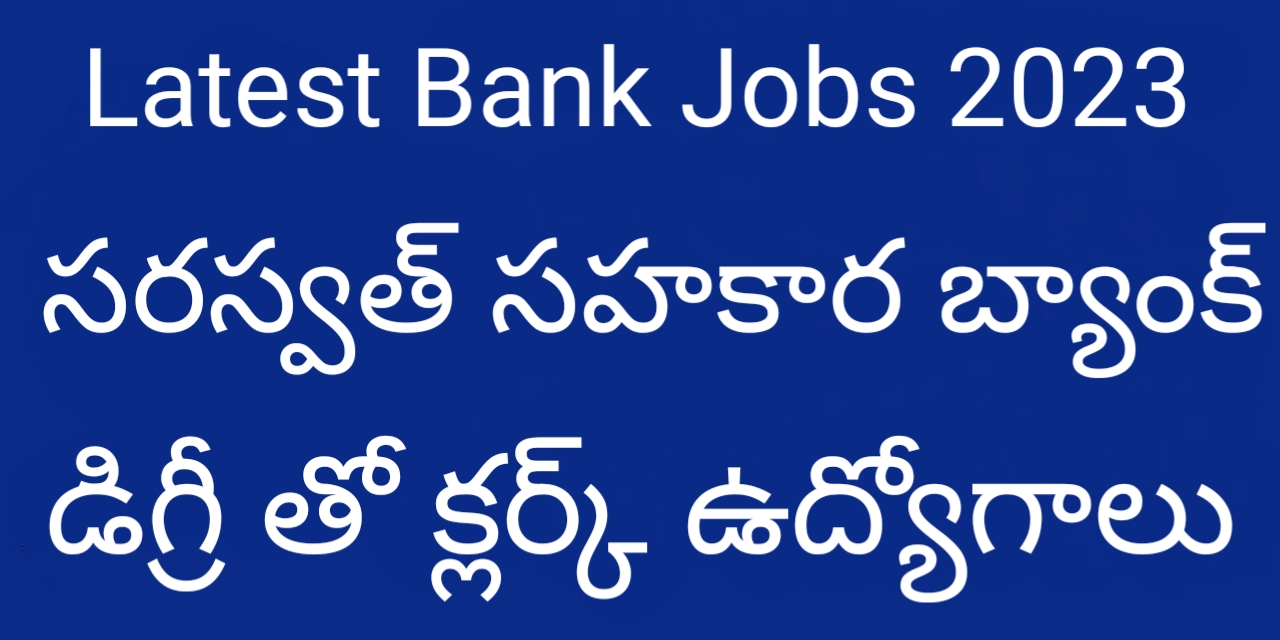a) Development
b) Deregulation
c) Demographics
d) Disruption
e) All the above 4 Ds
2. Indian commodity futures market active eco-system comprises of which national exchanges?
a) NCDEX
b) MCX
c) NMCE
d) All the above
e) None of these
3. Which of the following are commodity specific regional exchanges?
a) Hapur Commodity Exchange
b) The Rajkot Commodities Exchange
c) IPSTA Kochi
d) All the above
e) None of these
4. Who is conducting OBICUS?
a) The Reserve Bank of India has been conducting Order Books, Inventories and Capacity Utilisation Survey (OBICUS) of Indian manufacturing companies on a quarterly basis since 2008
b) SEBI
c) PFRDA
d) NPS
e) EPFO
5. Interest rates on Small Savings Schemes, will be decided by whom?
a) The Government of India(Ministry of Finance, Department of Economic Affairs, Budget Division)
b) ADB
c) AFDB
d) ECB
e) None of these
6. When Asset Quality Review(AQR) exercise was undertaken, which was a critical step in recognising the aggregate stock of non-performing assets across the banking system(it was a form of “catch-up”)?
a) 2015-16
b) 1999
c) 1991
d) 1994
e) None of these
7. What is the objective of PCA?
a) The PCA’s objective and design is to strengthen a bank’s fundamentals and imbue confidence.
b) allowing more Cash flow
c) allowing more NPAs
d) neglecting huge losses
e) None of these
8. When CRILC was set up? Give details.
a) CRILC was set up by the Reserve Bank in 2014
b) It filled a critical gap in addressing the information asymmetry regarding NPAs at the system level by facilitating collection of data on all borrowers’ credit exposures across the banking system
c) Both (a) & (b)
d) In 1991
e) None of these
9. RBI can transact business like which of the following?
a) Accepting deposits of Central/State Government free of interest
b) Purchase/rediscount of Bills of Exchange from banks
c) Purchase/sale of Foreign Exchange to/from banks
d) To give loans to banks, SFCs, etc.
e) All the above
10. Maximum denomination of bank note can be _____.
a) Rs.10,000/-
b) Rs.5,000/-
c) Rs.2,000/-
d) Rs.1,000/-
e) Rs.500/-
11. Now, who has exclusive right to issue bank notes?
a) SBI
b) RBI
c) IOB
d) IB
e) PNB
12. Scheduled banks are supposed to maintain which of the following with RBI?
a) CRR
b) BR
c) Repo Rate
d) MSF
e) None of these
13. Who can frame rules for refunding value of mutilated, soiled or imperfect notes as a matter of grace?
a) RBI
b) MoHA
c) MoEA
d) SEBI
e) PFRDA
14. RBI resorts to demonetization to curb which of the following?
a) Black Money
b) elections
c) Lok Sabha
d) Rajya Sabha
e) State Assemblies
15. Cash kept in the currency chest is owned by whom?
a) Currency Chest Branch
b) Head Office of the Bank
c) SBI
d) RBI
e) None of these
16. One Rupee note bears the signature of whom?
a) Union Finance Minister
b) Governor , RBI
c) Dy. Governor, RBI
d) Secretary, Ministry of Finance, Govt. of India
e) None of these
17. Which of the following is not a bank note?
a) Rs.100
b) Rs.50
c) Rs.20
d) Rs.500
e) None of these


Leave a Comment